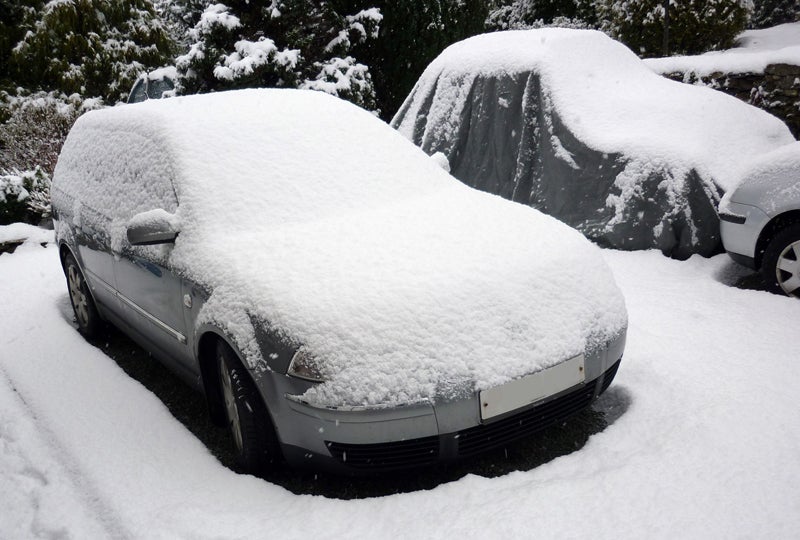Cold Weather? Don’t Warm Your Car Engine!
Russ Chastain 12.11.17

A recent Popular Mechanics article challenges the long-held notion that, in cold weather, you should let your vehicle’s engine run at idle to warm it up before you drive it. The days of warming up the engine so it will run better went out with carburetors, they say.
Warming up your car before driving is a leftover practice from a time when carbureted engines dominated the roads. Carburetors mix gasoline and air to make vaporized fuel to run an engine, but they don’t have sensors that tweak the amount of gasoline when it’s cold out. As a result, you have to let older cars warm up before driving or they will stall out. But it’s been about 30 years since carbureted engines were common in cars.
Gasoline–especially at lower temperatures when more of it if injected–tends to dissolve some of the oil that protects its cylinder bores from the rings (and vice-versa). As Dad used to say: Un-good.
The life of components like piston rings and cylinder liners can be significantly reduced by gasoline washing away the lubricating oil, not to mention the extra fuel that is used while the engine runs rich. Driving your car is the fastest way to warm the engine up to 40 degrees so it switches back to a normal fuel to air ratio. Even though warm air generated by the radiator will flow into the cabin after a few minutes, idling does surprisingly little to warm the actual engine. The best thing to do is start the car, take a minute to knock the ice off your windows, and get going.
This isn’t the end of the story, though. Dogging a cold engine isn’t good for it either, so take it easy until it gets up to temp.